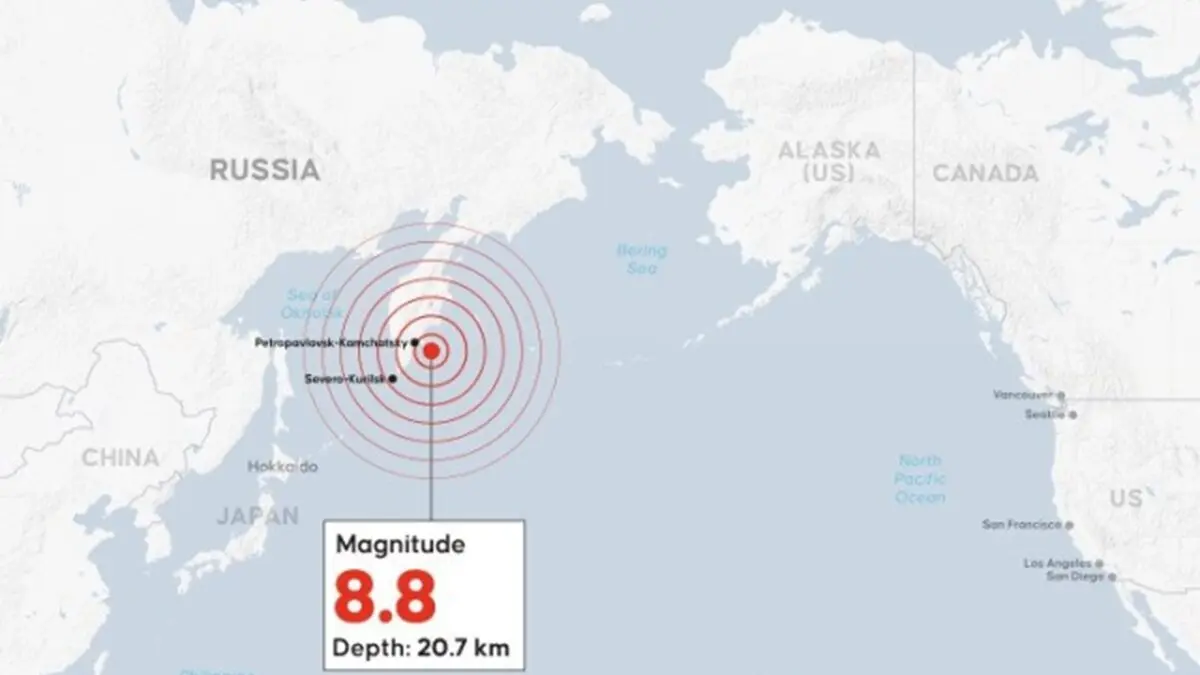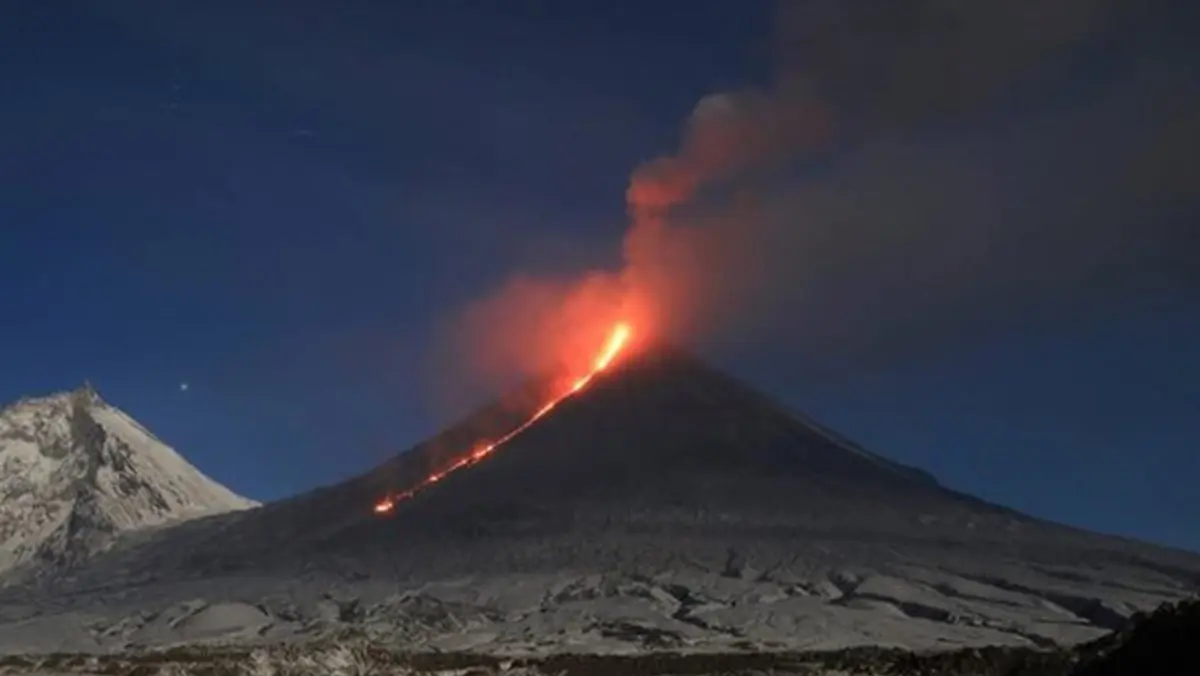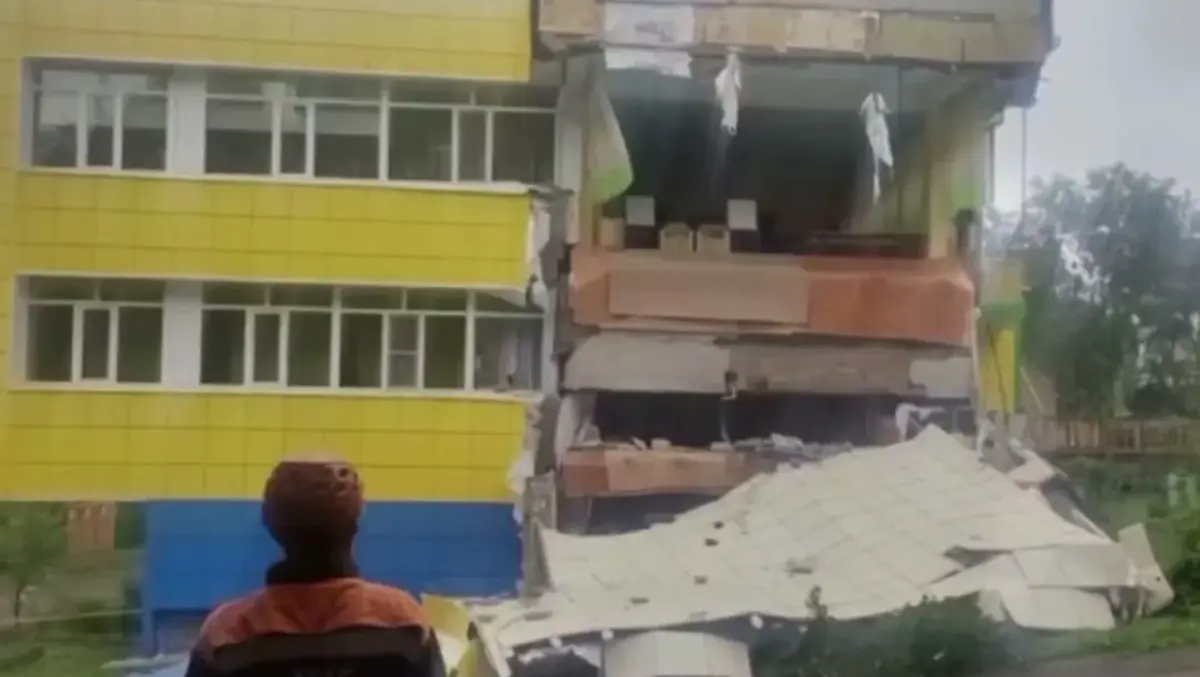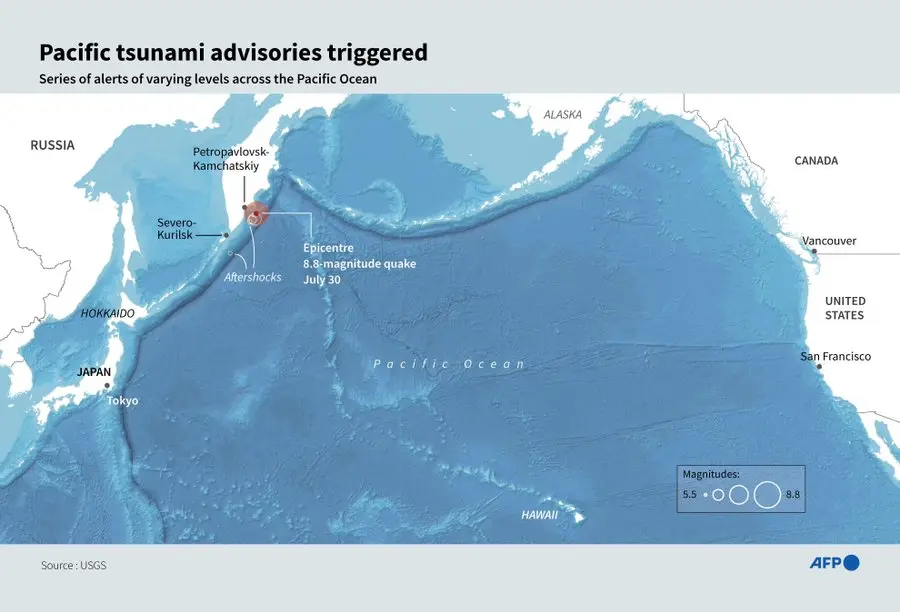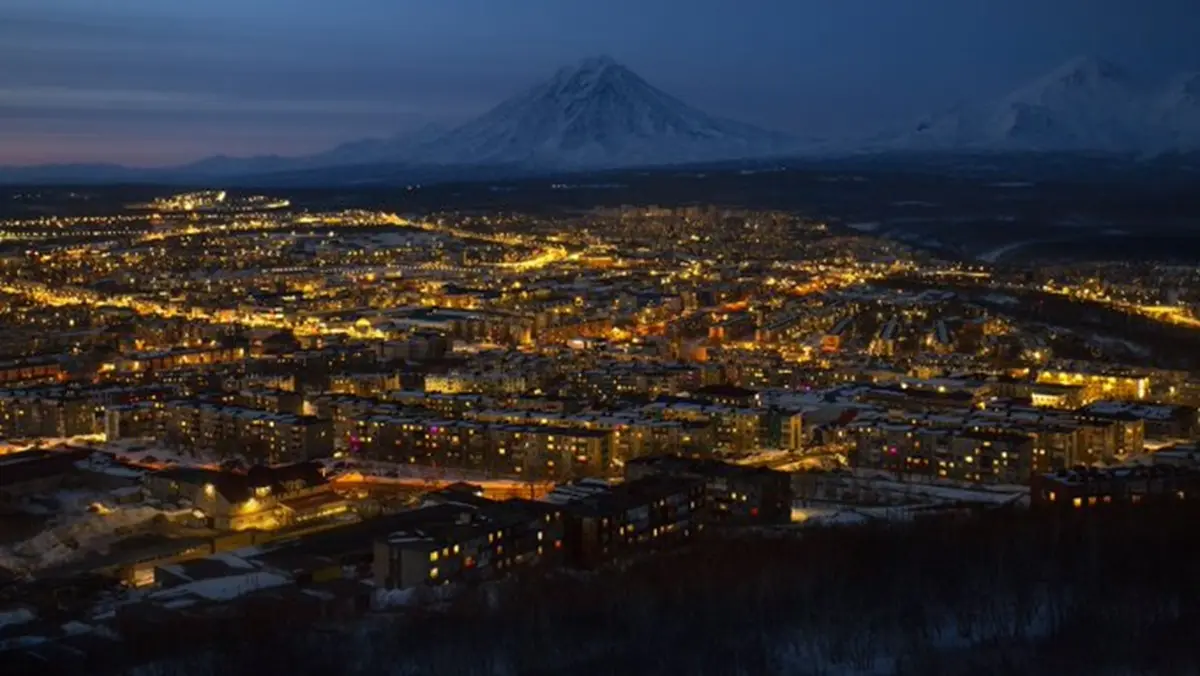Krasheninnikov Erupts After Major Earthquakes Rock Kamchatka
A historic eruption in Russia’s Kamchatka Peninsula follows the strongest earthquake recorded in the region in over 70 years, raising concerns about sustained seismic and volcanic instability.
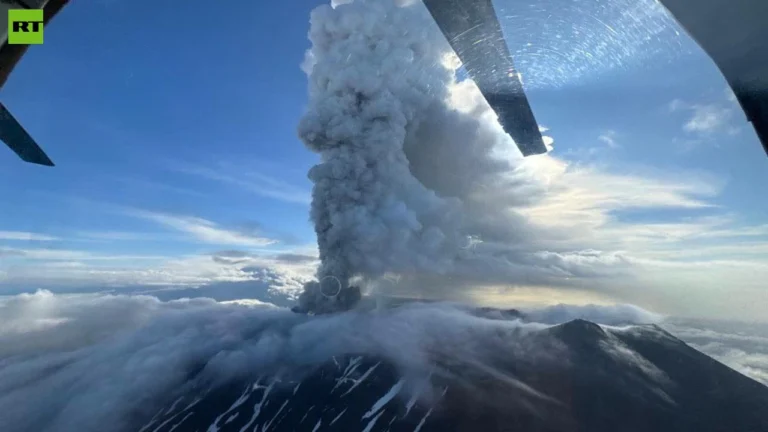
The Krasheninnikov volcano emits a 6,000-meter ash plume during its first recorded eruption in centuries. Photo: @RT_com
August 3, 2025 Hour: 6:21 am
The Krasheninnikov volcano erupted on Sunday for the first time in more than 600 years, following a series of powerful earthquakes that continue to shake Russia’s Kamchatka Peninsula—a region already known for its intense seismic and volcanic activity.
RELATED:
Russia’s Klyuchevskaya Sopka Volcano Erupts After Earthquake
The eruption began at 4:50 a.m. local time on August 3, sending an ash column six kilometers into the air from the 1,856-meter peak, according to the Kamchatka Volcanic Eruption Response Team (KVERT).
“This is the first historic eruption of Krasheninnikov in 600 years,” said Olga Girina, head of KVERT, in a statement to RIA Novosti. A lava dome has begun forming on the volcano’s slope, accompanied by sustained gas emissions and an ash plume emerging from its northern crater.
The reactivation of Krasheninnikov comes just days after an 8.8-magnitude earthquake struck offshore southeast of Petropavlovsk-Kamchatsky on July 30—the strongest seismic event recorded in the area since 1952. A 6.8-magnitude aftershock followed early Sunday, deepening concerns over regional geological instability.
The Russian Geophysical Service has reported more than 65 aftershocks since the initial quake, including 10 within the past 24 hours. Sunday’s tremor occurred 279 kilometers from Petropavlovsk-Kamchatsky, at a depth of 25.9 kilometers.
“These are extreme events unfolding in Kamchatka,” said Alexei Ozerov, director of the Far Eastern Institute of Volcanology and Seismology. “We associate the eruptions with the recent earthquake, which activated magmatic centers and injected additional energy.”
The aviation color code for Krasheninnikov has been raised from green to orange. Ash from the eruption has drifted up to 75 kilometers eastward, though no deposits have reached populated areas.
Krasheninnikov, named after Russian explorer Stepan Krasheninnikov, consists of two overlapping stratovolcanoes inside a large caldera located within the Kronotsky Nature Reserve, approximately 50 kilometers from the regional capital. The last confirmed lava flow occurred around 1463, with some fumarolic activity observed in 1963, but no eruptions had been documented—until now.
The impact of the July 30 earthquake has not been limited to Krasheninnikov. Klyuchevskaya Sopka, one of Eurasia’s tallest and most active volcanoes, erupted shortly afterward in what officials described as its most significant event in seven decades. Other volcanoes, including Shiveluch, Karymsky, Bezymianny, and Kambalny, have also shown elevated activity.
Authorities have warned that ash clouds from these eruptions could reach up to 10,000 meters in altitude, posing risks to aviation and prompting flight route adjustments across the Pacific corridor. Travelers and residents have been advised to stay at least 10 kilometers away from active volcanoes.
With seismic aftershocks ongoing and volcanic unrest escalating across multiple sites, experts caution that the current phase of geological activity in Kamchatka may extend for months. The region, situated on the volatile Pacific Ring of Fire, remains under close observation as researchers monitor signs of further instability.
Author: MK
Source: EFE - RT - Press TV


